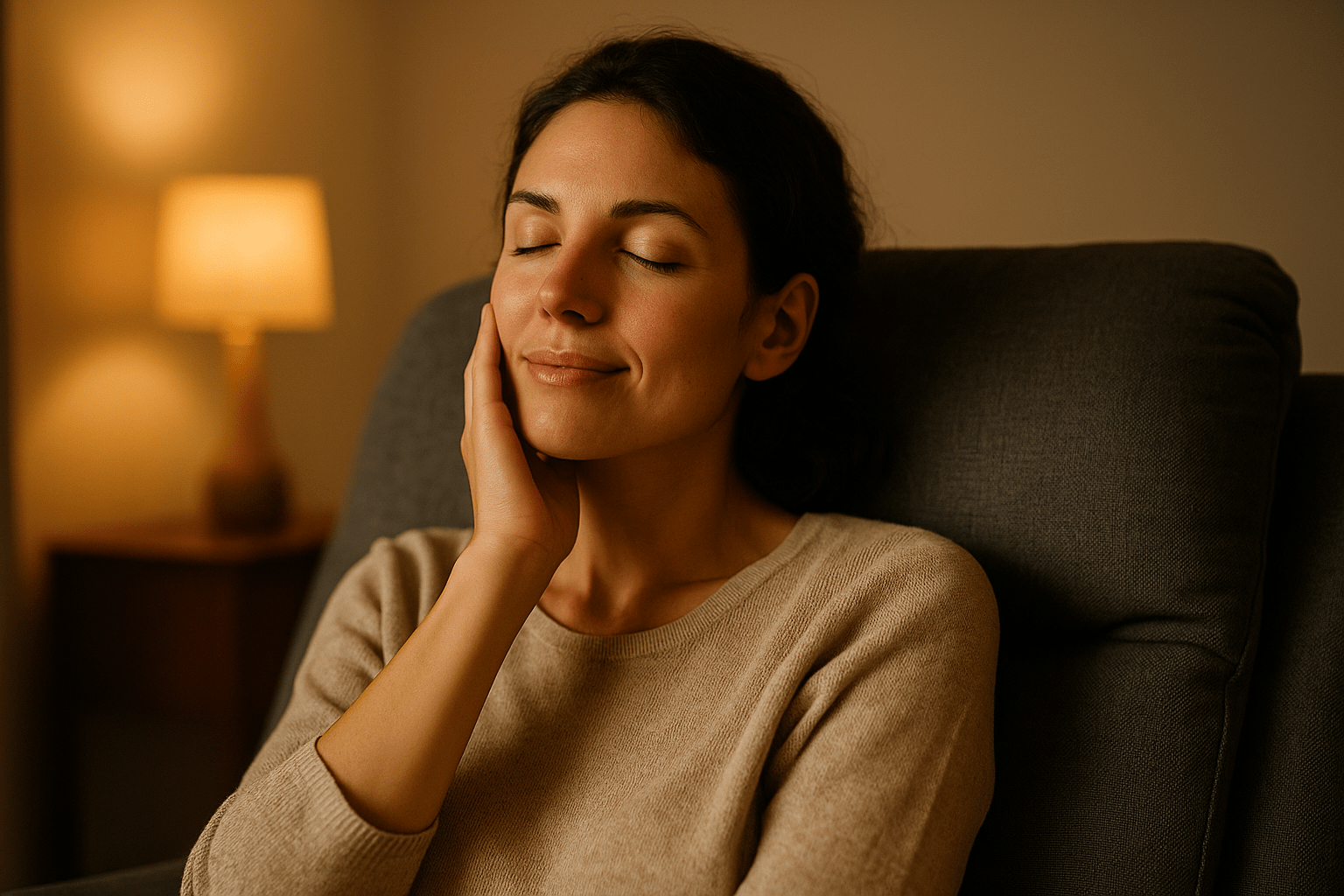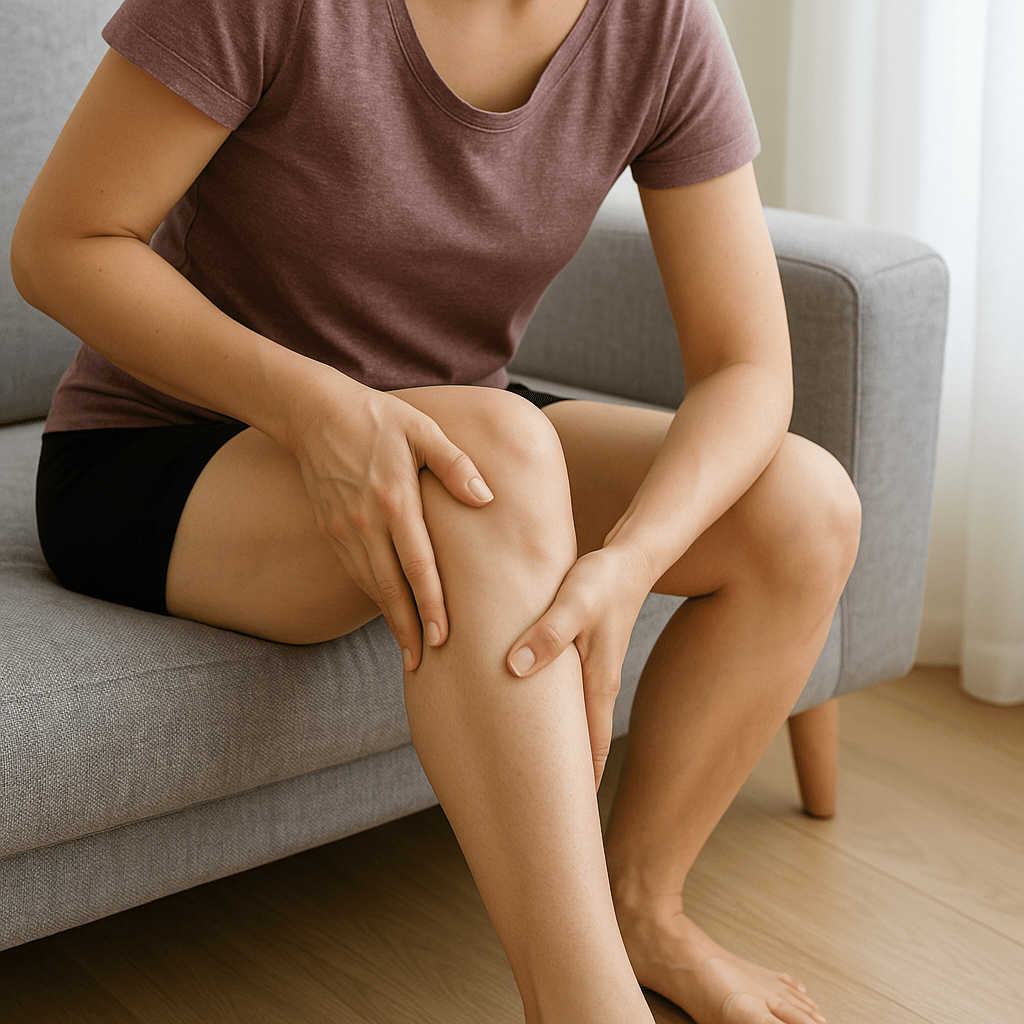The road to recovery: scoliosis therapy
Have you ever thought about the impressive performance of our spine? The miracle it performs every day? Thanks to its unique shape, it is able, with the help of our intervertebral discs, to absorb the shocks caused by our movements and compensate for one-sided loads. The lumbar spine can even withstand pressure of up to 1.5 tons - equivalent to the weight of a small car. This amazing ability illustrates the strength and resilience of our backs, but what happens when things get out of balance? In this article, we delve into the world of scoliosis therapy, a field that deals with the challenges and solutions for people with...


Have you ever thought about the impressive performance of our spine? The miracle it performs every day? Thanks to its unique shape, it is able, with the help of our intervertebral discs, to absorb the shocks caused by our movements and compensate for one-sided loads. The lumbar spine can even withstand a pressure of up to 1.5 tons - equivalent to the weight of a small car.
This amazing ability illustrates the strength and resilience of our backs, but what happens when things get out of balance? In this article, we delve into the world of scoliosis therapy, a field that deals with the challenges and solutions for one of the most complex areas of the human back, the spine.
Find out how scoliosis is diagnosed and treated. Let's take a look at the symptoms it causes and how modern therapies can help to improve the well-being of those affected. The accompanying support of massage also shows once again how massages can help from head to toe. can help.
What is scoliosis and how does it manifest itself?
Scoliosis is more than just a simple curvature of the spine. Rather, it is a complex disorder in which the spine is twisted in addition to being curved. The spine of an affected person not only tilts sideways, but also shows a rotation of the vertebral bodies, accompanied by an axial rotation of the shoulder girdle in relation to the pelvis. Unfortunately, this complex deformity cannot be completely corrected even with modern therapies.
What are the consequences of untreated scoliosis?
The importance of early detection cannot be overemphasized, as untreated scoliosis continues to develop and can lead to significant side effects in adulthood. Depending on the severity of the curvature, these include restricted movement and pain, as well as strain on the function of the lungs, heart and other organs.
A severe curvature can deform the chest so that there is less room for the lungs to expand, making breathing more difficult. The increased pressure in the chest area can also put a strain on heart function, possibly leading to cardiovascular problems. These are disorders of the cardiovascular system that affect cardiac output and blood circulation.
The different manifestations of scoliosis
The symptoms caused by scoliosis are also related to the different forms and manifestations of the disease:
- Thoracic scoliosis affects the thoracic spine area
- Lumbar scoliosis the lumbar spine area
- Thoracolumbar scoliosis the transition area.
In order to remain stable despite the scoliosis, the body sometimes forms an additional curve that is opposite to the first. This helps to keep the body upright and balanced.
But why does scoliosis develop in the first place?
Causes of scoliosis - How does a curvature of the spine occur?
In fact, in many cases the cause of scoliosis lies in the dark. Experts only agree that the disease has complex origins. In 80-90 percent of diagnosed cases, scoliosis is classified as idiopathic, which means that the cause of the condition is unclear.
Some theories consider factors such as genetic conditions, hormonal fluctuations or even neurological and muscular disorders. A better understanding of the risk factors can be crucial to finding effective preventive measures and developing customized treatment plans.
Is scoliosis a question of age?
Scoliosis can affect people of all ages, but it is most commonly diagnosed in children and adolescents, particularly between the ages of 10 and 15 during intense growth spurts. Monitoring is particularly important at this stage of life as the spinal curvature can develop rapidly.
Although girls and boys can be affected equally often at a young age, studies show that girls have a higher risk of developing progressive forms of scoliosis as they grow up. Adults can also be affected by scoliosis, although this is often referred to as degenerative scoliosis, which develops as a result of the natural ageing process of the spine. In principle, the chance of a successful correction is greater in children and adolescents than in adults.
Regardless of age, the sometimes serious consequences underline the fact that a medical examination should be carried out sooner rather than later in order to fully exploit the diagnostic and treatment options.
How is scoliosis diagnosed?
Recognizing scoliosis often begins with observing the typical curvature patterns of the spine. These patterns can vary, with the most common form being an S-shaped or C-shaped curvature. In Germany, scoliosis is a widespread phenomenon, affecting around three to five percent of the population.
To diagnose scoliosis, doctors rely on a combination of physical examinations and imaging procedures such as X-rays, magnetic resonance imaging or computer tomography. During the physical examination, the doctor pays attention to the symmetry of the body and inspects the spine both while standing and bending forward. This allows the extent of the curvature to be determined and the appropriate form of treatment to be selected.
In order to receive a diagnosis of "scoliosis", a curvature of the spine of at least 10 degrees is required. This is measured using the Cobb method. This involves identifying the most inclined vertebrae at the beginning and end of the curvature on an X-ray image and measuring the angle between them - the so-called Cobb angle - to determine the exact extent of the scoliosis.
Specialist medical support is important for scoliosis
The first port of call for suspected scoliosis may be the family doctor or pediatrician, who will refer you to an orthopaedic specialist if the symptoms are conspicuous. Orthopaedic specialists are responsible for the comprehensive assessment and treatment of scoliosis. They develop an individual treatment plan.
If necessary, neurosurgeons, physiotherapists and pain therapists can also be consulted to ensure an interdisciplinary treatment concept that meets the patient's needs and improves their quality of life.
Scoliosis therapy: What treatment options are there?
The treatment of scoliosis is therefore individually adapted to the person affected and includes a wide range of options to slow down the progression of the curvature. These can include the following forms of therapy:
- Physiotherapy is a central component of scoliosis therapy, which aims to strengthen the back muscles and improve posture through customized exercises. Specific exercise programmes are designed to promote muscular balance and minimize spinal curvature.
- Corset therapy is often used in children and adolescents to monitor the growth of the spine and prevent the curvature from worsening. A customized corset helps to bring the spine into a more correct position.
- Cast therapy is another treatment option, particularly for progressive cases in younger patients, in which a gradual correction of the spine is achieved by regular adjustment of the cast.
- For more severe forms of scoliosis, surgical surgical treatment may be necessary. This can range from stiffening operations to modern correction systems in the form of screws, growth rods or ligaments to stabilize the spine.
- Stapling techniques offer a less invasive treatment option by targeting specific areas of the spine without surgery.
After treatment, rehabilitation is then crucial in order to achieve the best possible results and improve the functionality of the spine. Physiotherapy exercises and sport play an important role in strengthening the back muscles and increasing flexibility.
Pain therapy is also an important aspect of treatment, which can include both drug and non-drug approaches. It helps those affected to cope with pain in everyday life, which is so important.
How can massages help with scoliosis?
Massages can be another valuable addition to the treatment of scoliosis, as they specifically address the muscular tension caused by the curvature of the spine. The affected muscles can be relaxed in this way, which can lead to an alleviation of discomfort and an improvement in mobility.
Massage alone cannot change the structural aspects of scoliosis, but it is an effective method of managing the symptoms. It is particularly advisable to combine massage with specific strengthening exercises and physiotherapy.
The dynamics of scoliosis treatment: with progress and patience to a healthy spine
Scoliosis therapy offers numerous approaches to meet the challenges of this complex condition, from early diagnosis and individually tailored treatment methods to ongoing support.
These measures emphasize the remarkable adaptability and strength of our spine, which carries enormous loads every day and gives us freedom of movement. By understanding and actively addressing scoliosis, we acknowledge the essential role our spine plays in our health and well-being and allow it to fulfill its important function to the best of its ability.

Co-founder and Managing Director of Massage Chair World. With his expert knowledge and industry expertise, he helps private individuals and companies to find the right massage chairs for relaxation, health and vitality. The individual expert advice is provided both by telephone or video chat, as well as in the exhibition outside Stuttgart.




